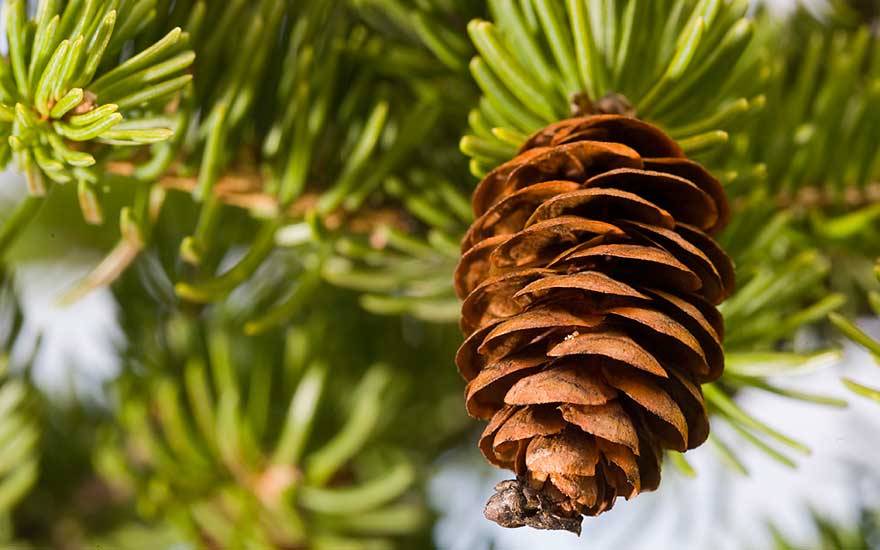Tips for Macro Photography
Photography in Algoma provides incredible opportunities for broad scenic landscape shots. But like any complex and beautiful wilderness, narrowing in on the tiny details of the beach, the water, or forest floor provides tremendous opportunities for captivating shots.
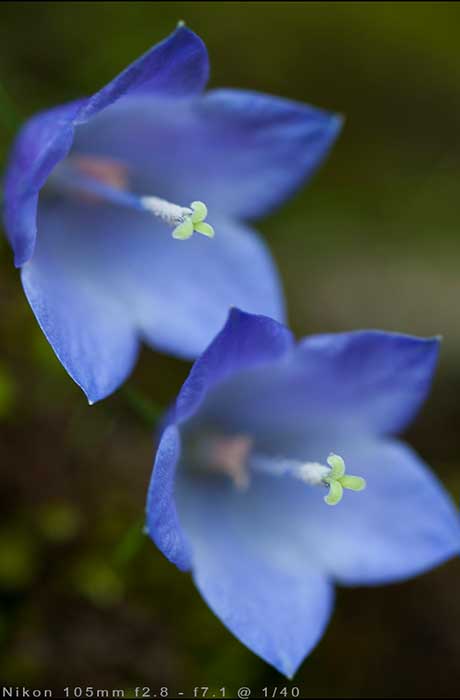
Photo credit: James Smedley Outdoors
Close-up or macro photography is best done with a dedicated macro or micro lens or with a lens/camera with a macro setting.
When tightly focused on tiny subjects the success of the photo is very sensitive to movement – of the camera or the subject. If we are taking a shot of a subject that’s not moving – like a pattern in the sand or a still blade of grass – a tripod is the answer for sharp focus. Moving subjects – like insects or a flower swaying in the wind are more problematic but can be photographed successfully with persistence, patience and a bit of good luck.
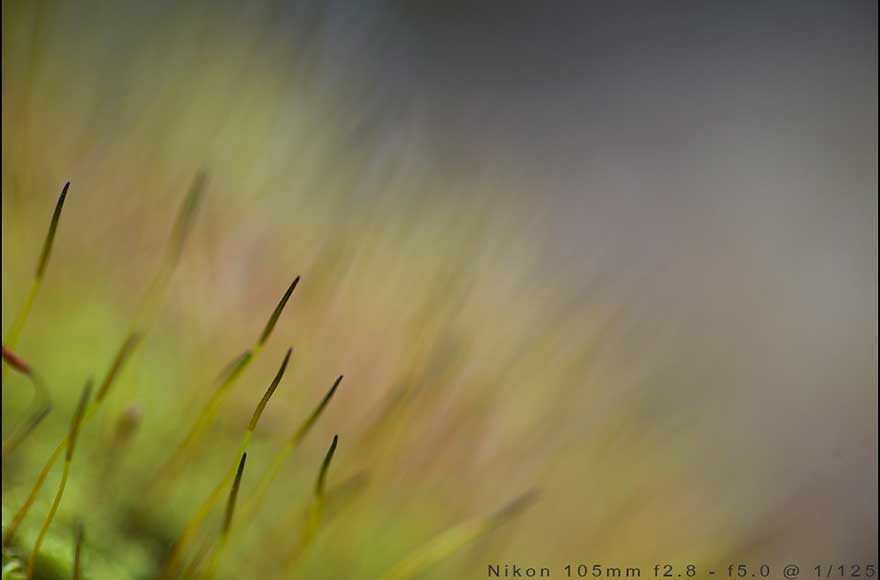
Photo credit: James Smedley Outdoors
There are many other considerations. Things like blur, bokeh, and depth-of-field all play a role in creating an intriguing macro image.
Read More Photography Blogs From James:
Tags
Nature & OutdoorsRelated Posts
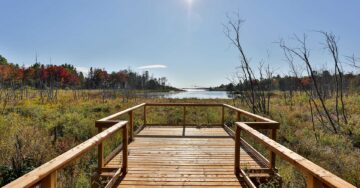
Exciting New Trails in Algoma
It’s no secret that the Algoma Region has some of the best hiking trails...
Read More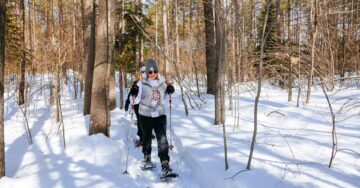
Snowshoeing in Algoma for the Beginner
As the days turn shorter and the mercury begins to drop for the winter...
Read More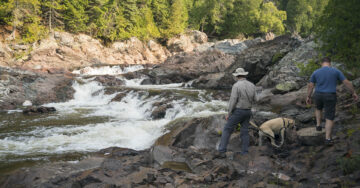
One Week in Algoma Country
A week isn’t long enough in Algoma Country. There’s simply too much to...
Read More